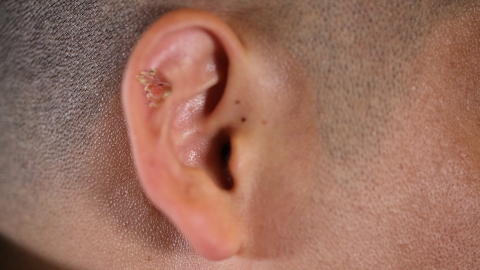Is HPV16 positive with warts serious?
Generally, the severity of HPV16 positivity with visible warts depends on the size and number of warts, as well as whether cervical lesions are present. When there are only a few warts and no cervical lesions, the condition is relatively manageable. However, when numerous warts are present or high-grade cervical lesions coexist, close attention and prompt intervention are required. If in doubt, it is advisable to seek medical consultation early. Detailed analysis is as follows:

If the warts are small in size and limited in number, and cervical examinations reveal no abnormalities, the virus primarily causes benign skin or mucosal overgrowths. Prompt removal of warts and suppression of viral replication can stabilize the condition gradually. Regular follow-up examinations thereafter are sufficient, and serious health risks are unlikely in the short term; however, consistent and standardized management must be maintained.
If the warts are large in area or numerous, or if cervical TCT (thin-prep cytologic test) and biopsy results indicate high-grade lesions, the situation becomes more concerning. HPV16 is a high-risk type of virus, and long-term infection may increase the risk of cervical malignancy. The presence of warts alongside cervical lesions indicates that the viral infection has already caused significant tissue damage, necessitating immediate comprehensive treatment to prevent disease progression.
Upon detection of HPV16 positivity with warts, prompt medical evaluation is essential to complete relevant cervical and wart assessments. It is critical to strictly follow medical advice for treatment and follow-up visits. Do not discontinue interventions independently once symptoms improve, to ensure timely monitoring of disease changes.




